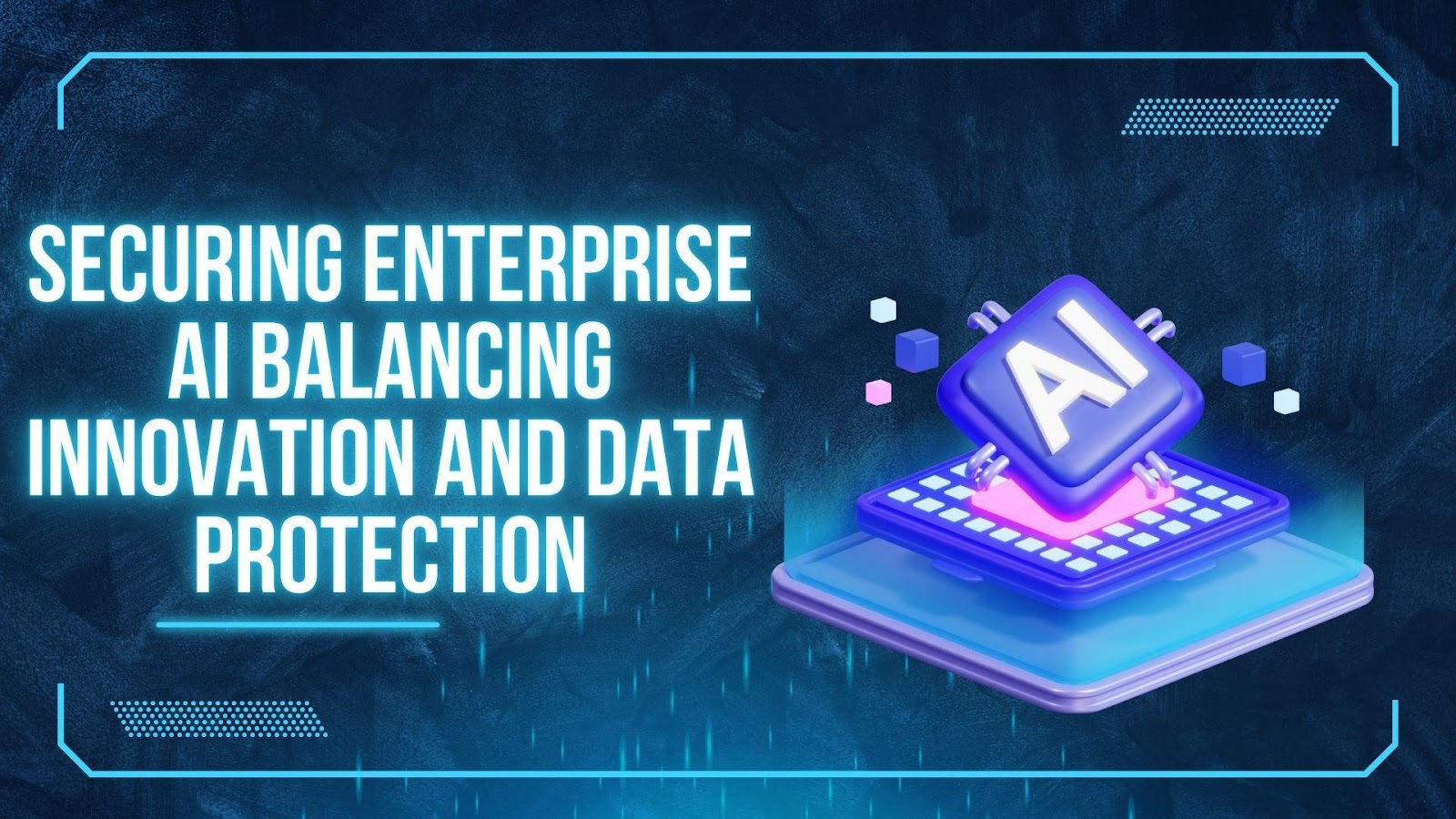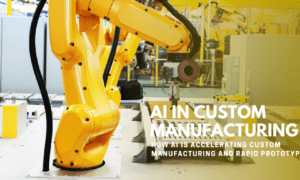As enterprises embrace artificial intelligence to enhance operations, they must navigate the complexities of security, privacy, and compliance in an evolving digital landscape. Ravi Sastry Kadali, a researcher specializing in AI security frameworks, explores how organizations can harness AI’s potential while ensuring data privacy, security, and regulatory adherence. His work highlights emerging techniques that mitigate AI-related risks, including AI sanitization layers, privacy-first integration, and real-time monitoring systems. By adopting these innovations, businesses can build AI-driven solutions that are both efficient and ethically responsible.
The Rising Adoption of AI in Enterprises
The adoption of AI chatbots and generative AI tools in enterprise settings has accelerated, with 78% of organizations actively exploring AI integration. These technologies enhance efficiency by automating customer service, data analysis, and decision-making. However, the increased use of AI presents significant risks, including inadvertent data leaks, model bias, and regulatory challenges. Organizations must address these risks to prevent financial and reputational damage.
Privacy Risks in AI-Powered Systems
Exposure of Sensitive Data
Large language models process vast datasets, which may include sensitive information. When AI systems generate responses, there is a risk of exposing proprietary or personally identifiable data. Financial institutions and healthcare providers face heightened risks, as AI-generated outputs could inadvertently reveal transaction details or patient records.
Compliance Challenges
Regulatory frameworks like GDPR, HIPAA, and emerging AI governance laws require enterprises to implement stringent data protection measures. Non-compliance can lead to heavy fines and loss of consumer trust. AI-driven systems must integrate secure data handling mechanisms to align with these regulations while maintaining operational efficiency.
Innovations in AI Security
AI Sanitization Layers
AI sanitization layers are a key innovation in securing enterprise AI. These layers automatically detect and redact sensitive data before AI models process it, preventing unauthorized exposure. Organizations that implement AI sanitization layers report a 99.98% accuracy in identifying and removing confidential information, significantly reducing the risk of data breaches.
Context-Aware AI Interactions
In high-risk industries such as healthcare and finance, AI systems must differentiate between publicly shareable and confidential data. Context-aware AI interactions use privacy filters and access controls to prevent unauthorized information disclosure. These systems have reduced privacy violations by 94% while maintaining AI’s functionality in data-driven decision-making.
Key Safeguards for Enterprise AI
Pre-Processing Filters for Data Protection
Pre-processing filters detect and mask sensitive information before it enters AI models. These filters employ advanced algorithms to identify patterns such as credit card numbers, medical records, and personal identifiers, ensuring compliance with privacy regulations.
Real-Time Monitoring Systems
Continuous monitoring of AI interactions helps organizations detect and mitigate potential security threats. Real-time AI monitoring has reduced unauthorized data access incidents by 78%, improving overall AI governance.
Zero-Trust AI Integration
Adopting a zero-trust security model ensures that AI applications operate within strict access controls. Secure API endpoints and multi-factor authentication mechanisms protect sensitive workflows from unauthorized access.
Future Directions in AI Security
Privacy-First AI Integration
Enterprises are shifting towards privacy-first AI integration, embedding security measures at every stage of AI development. Techniques such as differential privacy and federated learning allow AI models to analyze data without directly accessing sensitive information.
Specialized Middleware for AI Security
Advanced middleware solutions act as intermediaries between AI systems and enterprise applications. These tools sanitize and filter data in real time, preserving functionality while minimizing privacy risks. Middleware adoption has increased by 47% as organizations seek to strengthen AI security.
Federated Learning for Data Protection
Federated learning allows AI models to be trained on decentralized data without transferring sensitive information to a central repository. This approach enhances privacy while enabling enterprises to leverage AI insights securely.
In conclusion, Ravi Sastry Kadali’s research underscores the critical need for secure AI integration in enterprise environments. By implementing AI sanitization layers, context-aware AI interactions, and real-time monitoring systems, organizations can mitigate privacy risks while benefiting from AI’s transformative capabilities. As AI security frameworks continue to evolve, privacy-first approaches and specialized middleware will play a crucial role in safeguarding enterprise AI applications. These innovations will ensure enterprises can harness AI’s full potential while maintaining compliance, trust, and data integrity.



































